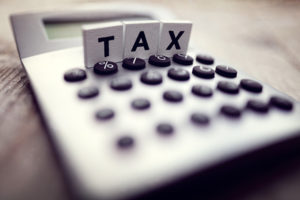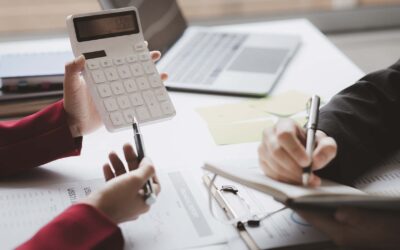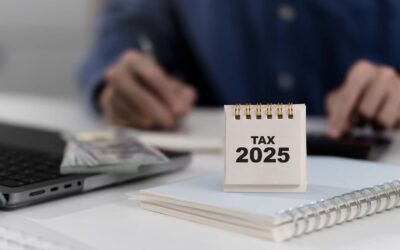Your essential guide to 2018 tax allowances Part 1: Savings
 It is only February and 2018 has hardly started – but the end of the current tax year is coming into view. April 6, when the 2018/19 tax year begins is still two months away, but to make the most of your tax allowances, it’s best to start planning early.
It is only February and 2018 has hardly started – but the end of the current tax year is coming into view. April 6, when the 2018/19 tax year begins is still two months away, but to make the most of your tax allowances, it’s best to start planning early.
We’ve prepared a 3-part essential guide to cover what’s changed in 2018/19, and what will stay the same. In the first part of this series, we look at savings.
Personal Savings Allowance
The Personal Savings Allowance (PSA) was introduced for the current tax year. It cuts the tax you pay on income from savings in banks, building societies, NS&I products and credit unions. It makes savings a little more rewarding – although current returns on savings are often so low, you may struggle to reach your PSA.
Basic rate (20%) taxpayers who earn up to £46,350 in the 2018/19 tax year, have a £1000 PSA. This means they can earn up to £1,000 of savings income before paying any tax on it.
Higher rate (40%) taxpayers who will earn between £46,351 and £150,000 have a £500 PSA.
Additional rate (45%) taxpayers who earn above £150,000 are not eligible for a PSA, and will pay tax on all their savings income.
ISAs
There are several types of ISA, as Individual Savings Accounts are better known. They have become a firm favourite with savers, as they protect the interest your savings earn from the taxman.
The ISA allowance, the amount you can invest in an ISA each year is unchanged – but it is worth remembering just what it is.
Whether you invest in a Cash ISA, or a Stocks and Shares ISA (also known as an Equity ISAs) or a combination of both, the limit for the 2018/19 tax year is £20,000.
The Help to Buy ISA is aimed at people looking to get on the property ladder. You pay in £1,200 in the first month and £200 a month afterwards, up to £12,000. The government adds £1 for each £4 saved when you buy a property. You could get a £3,000 government bonus.
But remember the Help to Buy ISA money counts as a Cash ISA. You need to stay within the £20,000 total if you invest in other ISAs as well as a Help to Buy ISA.
There’s a similar restriction if you have a Lifetime ISA. You can put in up to £4,000 each year until you reach 50 and the government adds a 25% bonus, up to a maximum of £1,000 annually. That £4,000 a year limit is part of your £20,000 ISA allowance.
Junior ISAs
Junior ISAs or JISAs are tax-free savings accounts for children, replacing the old Child Trust Funds.
Parents and guardians can open a Cash or Stocks and Shares JISA for a child under 16, but anyone can pay money into it. The limit for the 2017/18 tax year is £4,128, and it rises to £4,260 for 2018/19.
What should you do about your savings in 2018/19?
You may need to make sure that your savings are working hard for you, and with a new tax year to plan for, it might be time to look at your other current financial arrangements as well. You’ll be able to see some of the ways that the Continuum team can help you in our Client Brochure
Then, for the professional advice you need about all your financial arrangements, talk to us at Continuum. Call us now on 0345 643 0770, or email us at info@staging.mycontinuum.flywheelsites.com
Watch out for part two of our guide, next week, with important news about your pension.
The value of investments can fall as well as rise. You may get back less than you invested.
Tax treatment varies according to individual circumstances and is subject to change.
The Financial Conduct Authority does not regulate tax advice.


